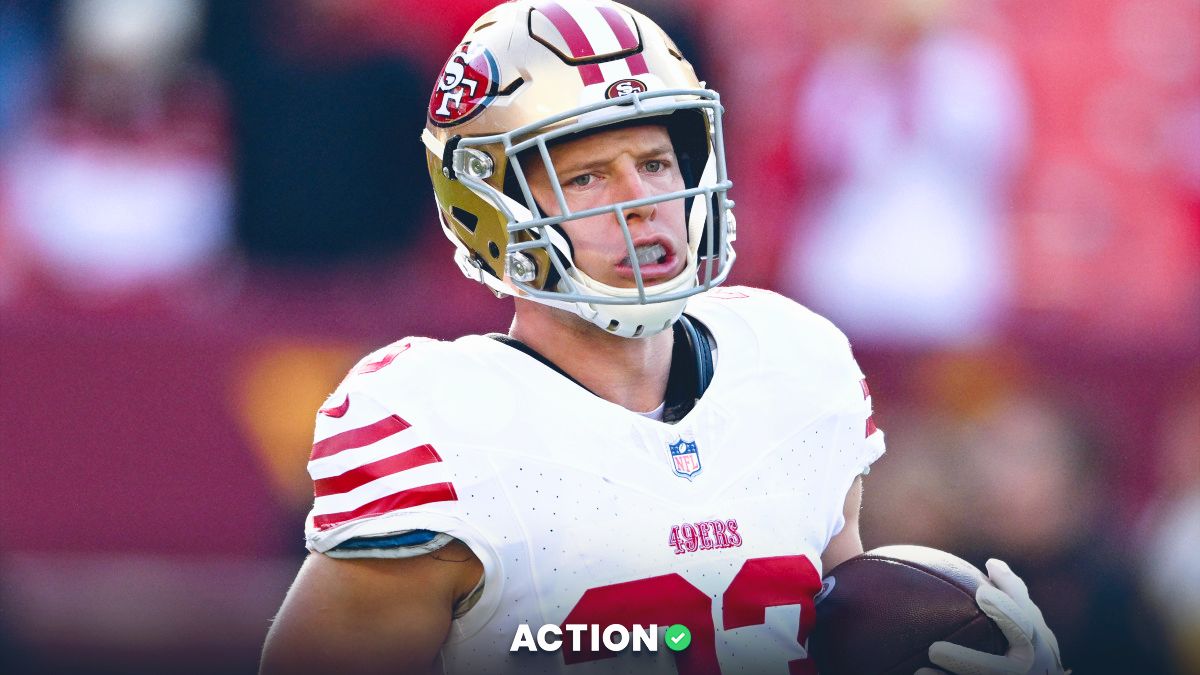Sports betting lines (spreads, moneylines, over/unders) don't move easily, but they certainly aren't stuck in place.
Just as the price of any commodity can increase with higher demand, lines can change based on how the market reacts to them, as sportsbooks may attempt to limit their liability on one side of a given bet.
If Duke opens as a 7-point favorite over Notre Dame, for example, and bettors immediately rush to back the Blue Devils, the books may increase the spread to -7.5 or -8 to try to even out the flow of money.
After all, if they're able to achieve a 50% split, they'll walk away with a profit no matter the outcome of the game (because of the juice).
The line, however, doesn't always move toward the more popular side. That's what we call reverse line movement.
What Is Reverse Line Movement in Sports Betting?
The reverse line movement meaning in sports betting is when a line moves away from the side receiving the majority of bets.
An example of reverse line movement would be the Patriots falling from -7 to -6 despite attracting 75% of spread bets.
Or, in a moneyline sport, if the Yankees moved from -180 to -170 while receiving 70% of bets.
Reverse line movement is typically an indication that a bettor or group of bettors with the money and respect to move a line is on that side.
What Causes Reverse Line Movement?
The most likely reason for reverse line movement is that the unpopular side is drawing a lot of action from sharp bettors.
Sharp bettors (sharps) have long track records of success, and their opinions are respected by sportsbooks. As such, when they load up on one side, oddsmakers have reason to believe that that side is more likely to win, so they'll adjust lines accordingly, even if more bettors like the other side.
How Do I Track Reverse Line Movement?
Our Bet Signals at Sports Insights can give you real-time reverse line movement notifications. And if you're paying attention, you can often get a good number at your book after it's already moved at a market-setting book.
Let's look at an example from MLB Opening Day in 2023 using the Sports Insights products.
The Chicago White Sox opened at +145 against the Astros. Houston was seeing about 60% of the betting action. But despite all the interest in the Astros, the line made a big move from +145 to +130 toward the White Sox, over the course of a few hours, signaling that someone smart liked the Sox at that price.

Chicago ended up winning 3-1.
If you were quick, you could have jumped on a +140 or +145 at a sportsbook that hasn't moved yet. This is called "steam chasing."
The benefits to steam chasing are obvious — you believe you're getting the best of the number alongside smart bettors with the ability to move lines — but there are drawbacks. One, it can get your account limited, since sportsbooks hate this practice and believe they shouldn't be punished for being slow. And two, you never know why someone moved the line — they could be moving it one way just to come back on the other side even bigger.
You should also pay attention to where lines are moving, as some books welcome sharp action, while others don't. Those that do will often move first when they get a big bet from a respected player, and the rest of the books will follow quickly after.
For the books that follow blindly, that's called "moving on air." They didn't actually take any bets that required them to move a spread, they just saw a market-setting book move it.
If you can time things well, you can pick off a good number at your book after it's moved elsewhere.
At Sports Insights, you can sort reverse line movement only by certain books. Circa Sports in Las Vegas (and Colorado) is a market-setting book for college football.
Should You Follow Reverse Line Movement?
It's not that easy, unfortunately. The reason being: once a line has moved, there's little reason to believe that sharps are still finding value at the new number.
For example, if the Bills go from +7 to +6 behind just 25% of bets, there's a very good chance that sharps were betting on the Bills at +7. But if the line doesn't continue to fall past +6, there's no reason to think that they still like Buffalo.
In other words, having the opportunity to follow reverse line movement usually also means that it's too late to take full advantage of it — another reason why it makes sense to have multiple betting accounts at various sportsbooks.
Not all books move in unison, so if just one of your, say, four sportsbooks is still holding the Bills at +7, you can grab the number knowing — based on the reverse line movement across the rest of the market — that you've just made the same bet as the sharps.
























































